MCQ ON GOLGI BODY class 11 for NEET | GOLGI BODY class 11 | MCQ GOLGI BODY with Answer | Check the below NCERT MCQ question for class 11 Biology chapter 8 based on the GOLGI BODY with Answers.
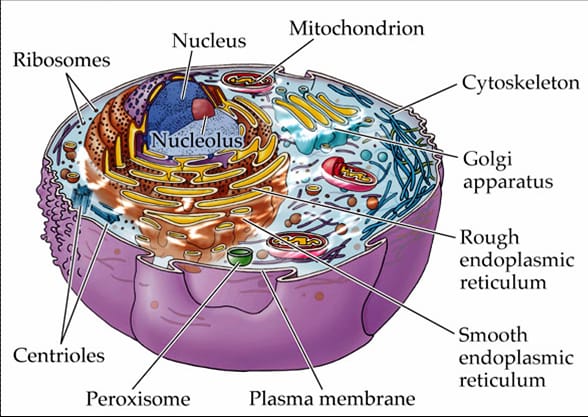
MCQ ON GOLGI BODY class 11 for NEET
MCQ on GOLGI BODY class 11 Biology with answers were prepared based on the latest pattern.We have provided class 11 Biology MCQs questions on GOLGI BODY with Answers to help students understand the concept very well.
MCQ GOLGI BODY is useful for NEET / CSIR / UGC / CBSE / ICSE / AIIMS / EXAM / AFMC EXAM / STATE LEVEL MEDICAL EXAM 2022-23, 2023-24
Introduction:-
The Golgi apparatus which is also known as Golgi body is a eukaryotic cell organelle identified by Camillo Golgi.Golgi body is actually a pile / stack of membraneous structure called cisternae.The Golgi apparatus are found in both plant and animal cells.The cisternae of Golgi body have four structural components, cis Golgi , endo – Golgi, medial- Golgi and trans Golgi.The vesicles extending from endoplasmic reticulum fuse with network.
These vesicles then enter the Stacks of Golgi body and finally reach the trans- Golgi.
MCQ ON GOLGI APPARATUS class 11 for NEET
1. Which is /are characterised of Golgi apparatus
(a) it consists of many flat, disc shaped sacs
(b) consists of cisternae
(c) stacked parallel to each other
(d) all the above
Ans (d) all the above
2. Cis and the trans face of the organelle
(a) mitochondria
(b) ribosomes
(c) lysosome
(d) Golgi body
Ans. (d) Golgi body
3. The important site of formation of glycoprotein and glycolipids
(a) mitochondria
(b) Golgi body
(c) ribosomes
(d) lysosome
Ans. (b) Golgi body
4. Which face pole of the Golgi body the important vesicles fuses
(a) trans face
(b) cis face
(c) both a and b
(d) none
Ans.(b) cis face
5. Which poles of the Golgi apparatus acts as the receiving and shipping department of it.
(a) trans face
(b) cis face
(c) both a and b
(d) none
Ans.(a) trans face
6. How many poles does Golgi apparatus have ?
(a) 1
(b) 2
(c) 3
(d) 4
Ans.(b) 2
7. Which of the following are concentrated with the Golgi apparatus?
(a) vesicles
(b) cytosole
(c) both a and b
(d) none of the above
Ans.(a) vesicles
8. Which organelle found next to the endoplasmic reticulum in the cell of eukaryotic ?
(a) cytoplasm
(b) cell wall
(c) Golgi apparatus
(d) mitochondria
Ans.(c) Golgi apparatus
9. The Golgi apparatus is made of flattened stacks pouches called
(a) cisternae
(b) stroma
(c) oxysomes
(d) none of the above
Ans. (a) cisternae
10.Structure of Golgi apparatus
(a) membrane
(b) non membrane
(c) flattened membrane
(d) ribosomes
Ans. (c) flattened membrane
ALSO READ:-
● YOU CAN WATCH BIOLOGY SIR Youtube channel
11. Golgi apparatus was first recognise in
(a) nerve cell
(b) blood cells
(c) stroma
(d) oxysomes
Ans.(a) nerve cell
12. Besides giving out secretory vesicles Golgi apparatus is also connected in the formation of
(a) nucleus
(b) mitochondria
(c) ribosomes
(d) lysosome
Ans.(d) lysosome
13. Traffic police of the cell
(a) thylakoids
(b) ribosomes
(c) monocytes
(d) Golgi apparatus
Ans. (d) Golgi apparatus
14. The Zone of exclusion is associated with
(a) nucleus
(b) ribosomes
(c) mitochondria
(d) Golgi apparatus
Ans.(d) Golgi apparatus
15. Materials to be packaged in the form of vesicles from the ER fuse with …..face of the Golgi apparatus.
(a) trans face
(b) cis face
(c) both
(d) none of the above
Ans. (b) cis face
16.A number of protein synthesised by ribosomes on the endoplasmic reticulum are modified in the cisternae of the Golgi apparatus before they released from its
(a) cis face
(b) trans face
(c) both a and b
(d) none of the above
Ans.(b) trans face
17. The trans face of Golgi apparatus is
(a) formed face
(b) maturity face
(c) both a and b
(d) none of the above
Ans.(b) maturity face
18. The cis face of golgi apparatus is
(a) maturity cell
(b) forming cell
(c) both a and b
(d) none of the above
And.(b) forming cells
19. Assembly factory of cells
(a) mitochondria
(b) cytoplasm
(c) thylakoids membrane
(d) Golgi apparatus
Ans. (d) Golgi apparatus
20. The Golgi cisternae are concentric arranged near the
(a) mitochondria
(b) nucleus
(c) ribosomes
(d) none of the above
Ans.(b) nucleus
21.The scientist who first observed densely stained reticular structure near the nucleus .These were later named Golgi bodies after him.
(a) Camillo golgi
(b) Robert brown
(c) Robert hook
(d) Aristotle
Ans. (a) Camillo golgi

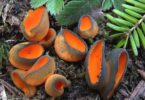
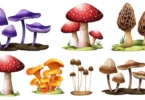
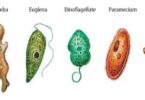
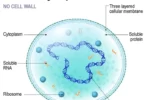
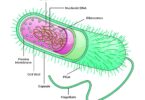
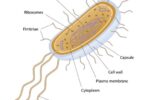
Leave a Comment